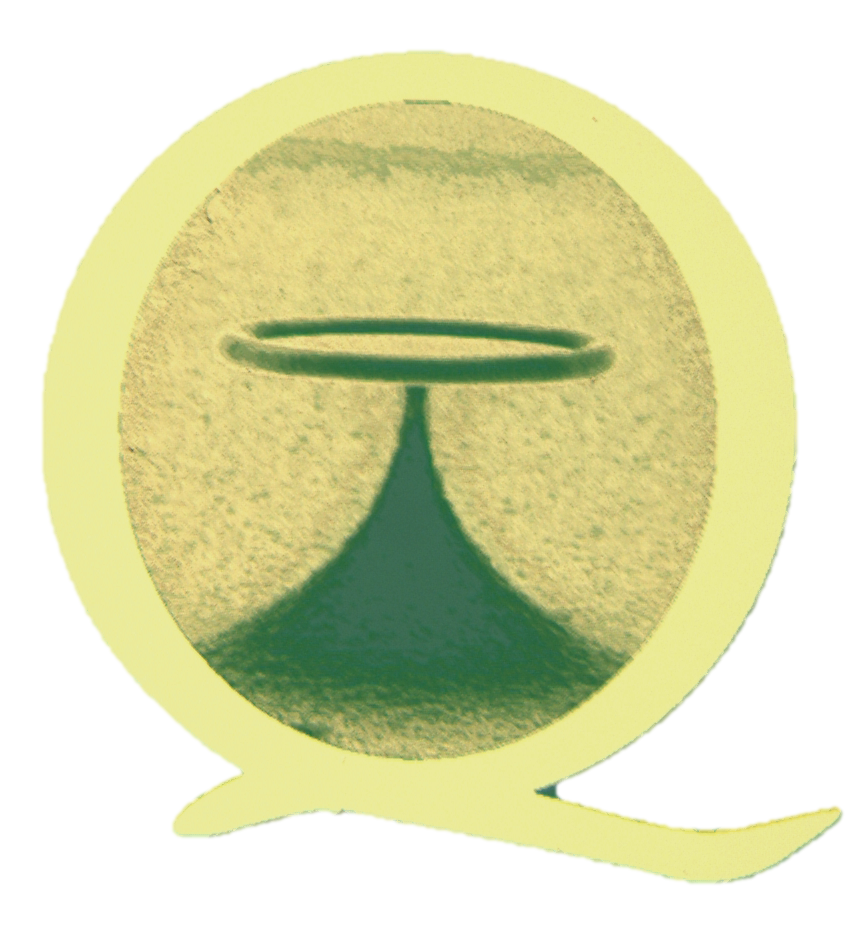Optical techniques offer exquisite precision in measurements of motion. This is most prominently illustrated by the recent successful detection of gravitational waves in kilometre scale interferometer which required measurements with attometre resolution – a thousandth of the width of a proton. However, optical measurements have far broader applications, from observation of nanoscale motion in biology to clocks and inertial sensors in mobile electronics. In our laboratory we seek to apply the precision technologies developed for gravitational wave detection and other major scientific endeavors, into these applications. We focus on silicon chip-integrated sensors and apply them in areas ranging from precision room temperature magnetometry, to accelerometry and acoustic sensing.
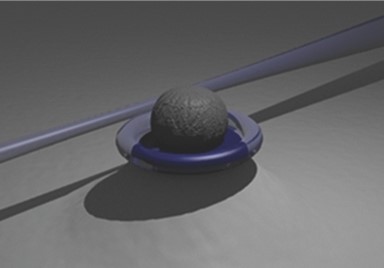
Recent Work
Fibre-coupled photonic crystal hydrophone
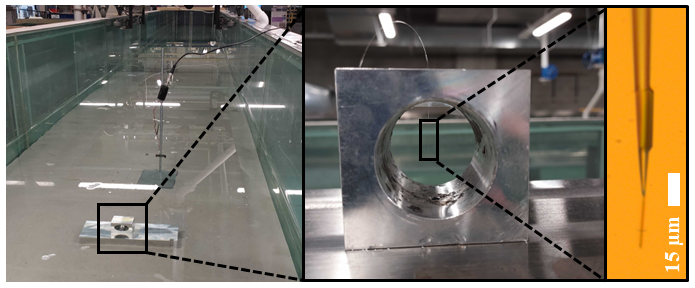
This work presents a micron-scale, free-standing silicon photonic hydrophone that achieves acoustic sensitivities comparable to commercial piezoelectric hydrophones, while being over four orders of magnitude smaller in volume. The device demonstrates pressure sensitivity on the order of mPa/√Hz from 10–200 kHz, with a minimum detectable pressure of 145 µPa/√Hz at 22 kHz. Performance was validated both in controlled lab settings and in a wave flume, confirming its suitability for underwater sensing and communication. Its miniature size opens the door to high-resolution acoustic imaging, including the potential to detect micron-scale features such as cellular vibrations.
Read more:
L. McQueen, et. al., Fibre-coupled photonic crystal hydrophone, arXiv:2501.11289, (2025).
Quantitative profilometric measurement of thin-films
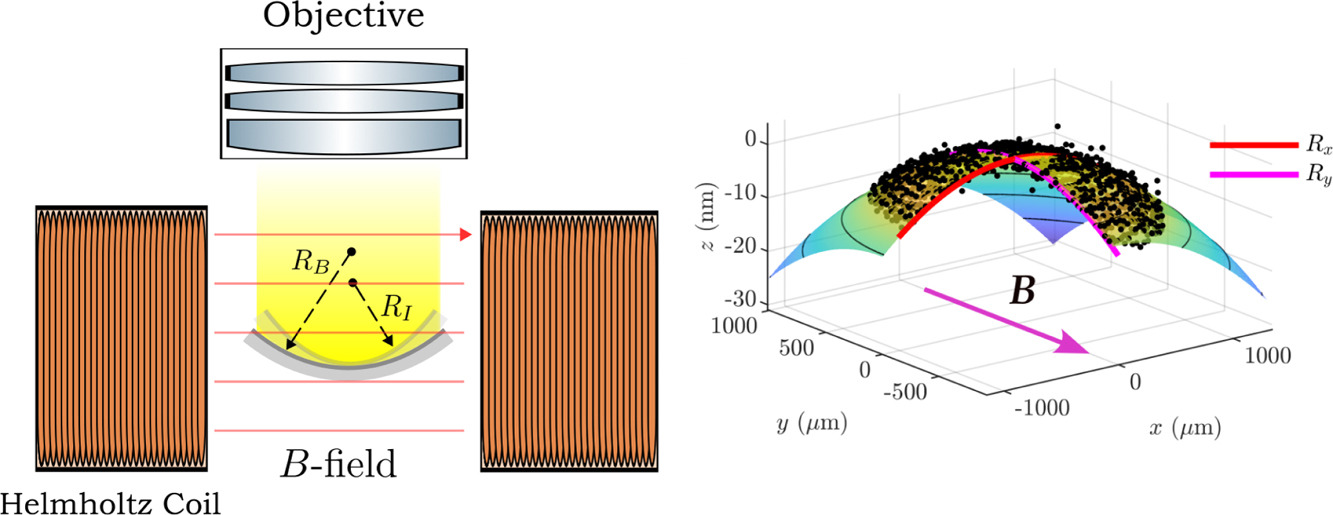
This work presents a DC, non-contact method for quantifying magnetostrictive strain in thin films with an experimentally observed sensitivity of 0.1 ppm. Using optical profilometry the curvature change in coated glass substrate under applied magnetic fields is measured. by applying Stoney’s formula to the curvature, the magnetostrictive stress and strain are extracted without the need for cantilever-based AC techniques, which are more complex and vibration-sensitive. The method also enables insights into film which is difficult with previous techniques. Measurements on galfenol films reveal performance degradation and altered coercivity above 206 nm thickness, motivating further material optimization.
Read more:
H. Greenall, et. al., Quantitative profilometric measurement of magnetostriction in thin-films, Applied Surface Science, (2024).
Waveguide-integrated chip-scale optomechanical magnetometer
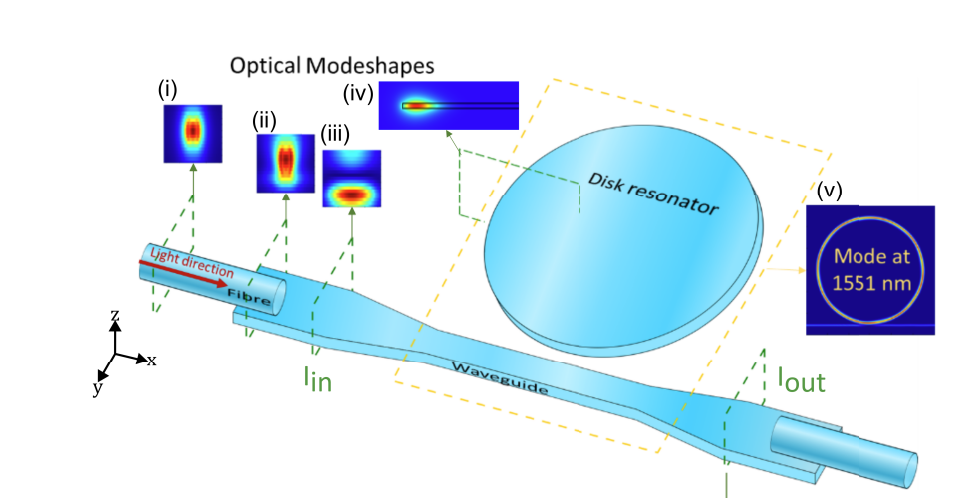
This work introduces an optomechanical magnetometer that uses on-chip suspended optical waveguides for excitation and readout, eliminating the need for bulky free-space or tapered fiber coupling. The device consists of a silica microdisk coated with a magnetostrictive galfenol (FeGa) film, which enables magnetic field sensing via mechanically induced shifts in the optical resonance. The sensor operates under ambient conditions, achieves a sensitivity of 2 μT/√Hz reaching the thermomechanical noise limit of the device. It achieves this performance using compact, off-the-shelf portable electronics, paving the way for practical, field-deployable magnetometry systems.
Read more:
F. Gotardo, et. al., Waveguide-integrated chip-scale optomechanical magnetometer, Opt. Express, (2023).
